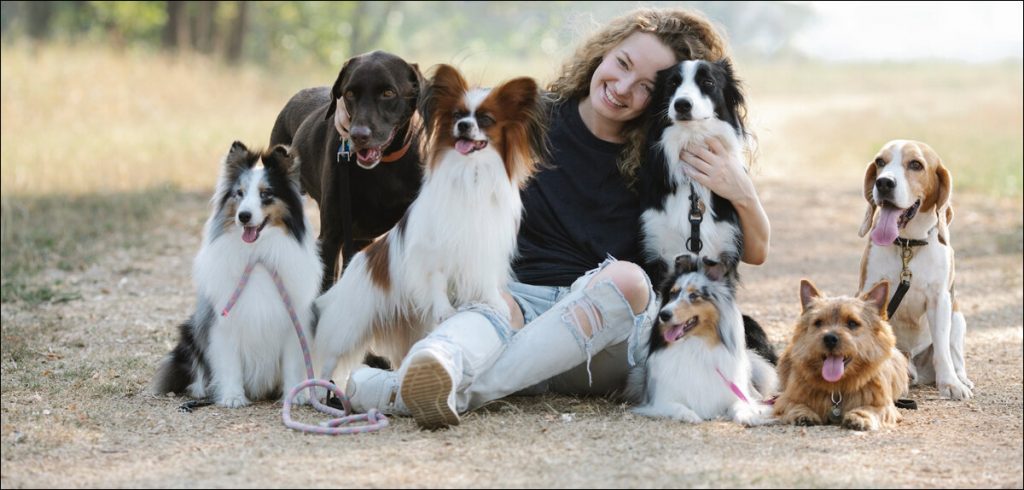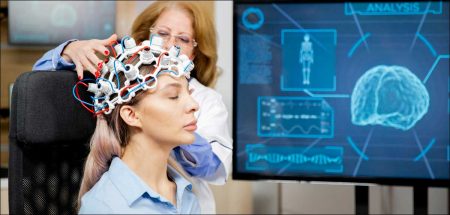While technology isn’t at a place where it can resurrect our pets just yet, it is at a place where it can create genetically identical clones of them.
Losing a pet is arguably the hardest day of a pet owner’s life and it doesn’t end there. What follows is often months and even years of longing and a sense of loss that isn’t easy to deal with. While technology isn’t at a place where it can resurrect our pets just yet, it is at a place where it can create genetically identical clones of them, provided of course that you have a bit of money.
Dolly the sheep was announced as the first cloned animal in 1997, and the good news is that the technology has advanced significantly since the first attempt. Dolly lived till the age of 6 after which she had to be euthanized due to a lung disease that is believed to be unrelated to her cloning.
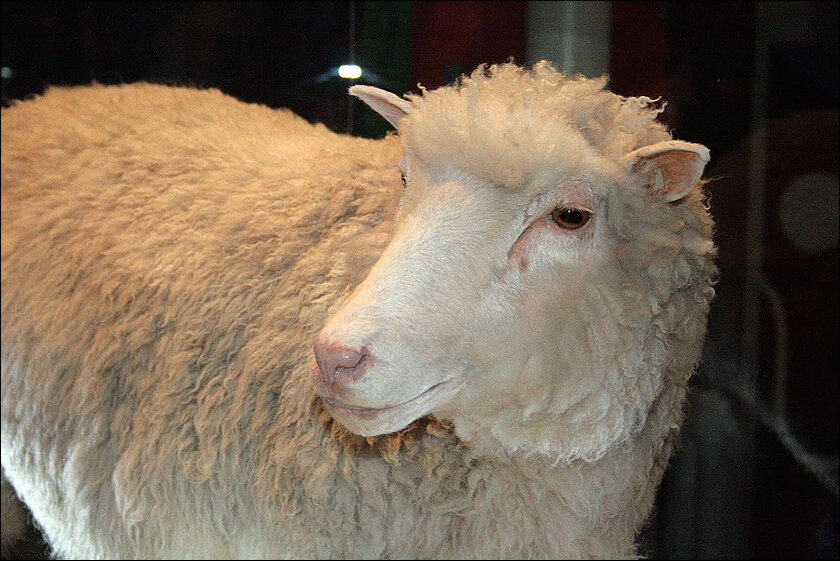
Cloning your pets
Now an important thing to remember is this is not a resurrection and a genetic clone is not the same “person” as your pet. Even though their genetic makeup is identical, there are reports of them having different natures, much like identical twins in humans. This proves that it isn’t just a genetic composition that makes us who we are but rather a series of events and experiences that mold our character.
The first cloned dog was made in Seoul, South Korea in 2005, and lived for 10 long years which is not bad for an Afghan hound. His name was Snuppy and he was incredibly lucky as he was the only survivor of over 1000 fertilized eggs implanted in about 123 different surrogates.

Apparently, dogs are a lot harder to clone than sheep, pigs, or even cows since the eggs are a lot harder to harvest. Snuppy was cloned from cells taken from the ear of another Afghan hound. Today, it costs around $35,000 to clone your pet cat, $50,000 for your dog, and $85,000 for your horse. All you have to do is head to Sooam Biotech in South Korea or ViaGen Pets in Texas.
Another important thing to remember is that pets can only be cloned from living tissue so if you do decide to clone your furry friend you need to make that decision while they are still living. While pet cloning came into the limelight after Barbra Streisand cloned her dog, it’s not just celebrities who are cloning their pets.
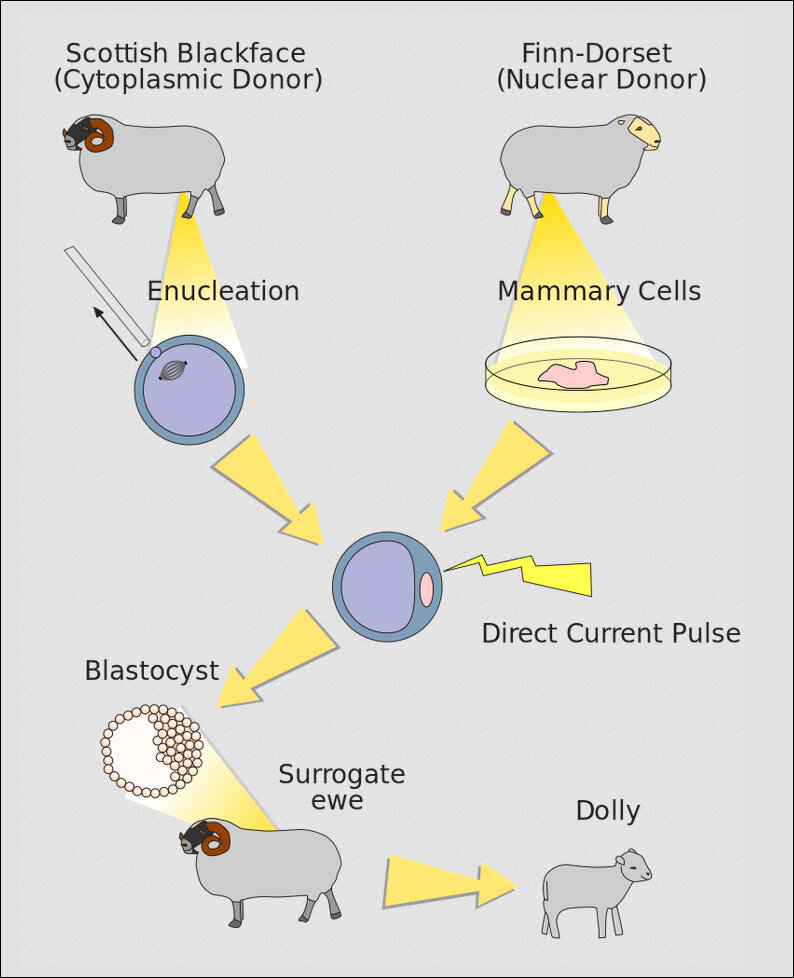
DNA Collection
Now in case you can’t afford the $50,000 price tag right now, there are companies that will collect and freeze your pet’s DNA so that you can have it cloned at a later date. Ron Gillespie, the owner of PerPETuate, a company that collects pet DNA for $1300 plus a storage fee, was quoted stating “I have a homeless man and I have a celebrity,” when asked about his clients. He also states while DNA should ideally be collected from your pet when they are still living, it can also be done within 5 days of death in the case of a dog, and three days in the case of a cat, provided the corpses are kept cool.
While ViaGen Pets in Texas is discrete about exactly how many pets they clone each year, and prefer to only talk about the “thousands of happy cows and hundreds of horses” they have cloned. Some believe they have cloned over 100 cats and dogs. The other big name in cloned pets, Sooam Biotech claims to have cloned over 800 cats and dogs at a price of $100,000 each.
That’s a lot of money and also the reason a lot of people believe these cloning companies are getting rich off the grief of pet holders by making them feel they are getting their old pets back. One example is PETA president Ingrid Newkirk who pointed out how millions of abandoned dogs are languishing away in shelters around the world waiting to be adopted.
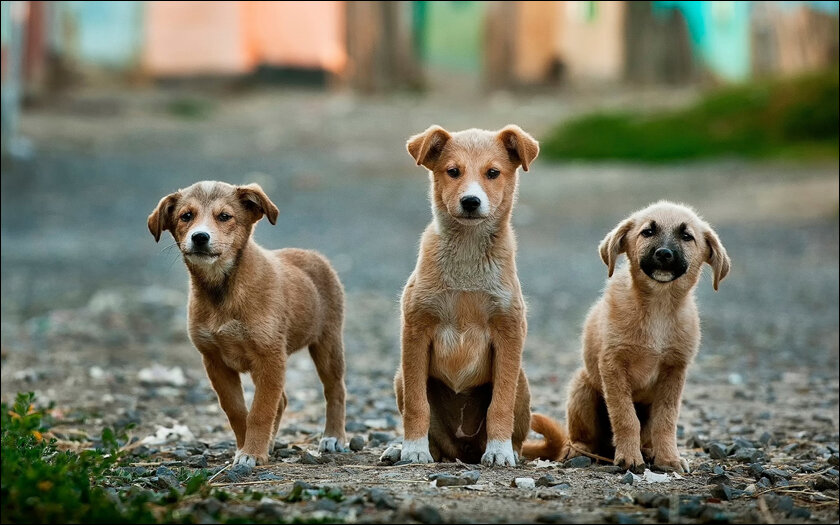
The ethical dilemma
Only a pet owner who has lost a pet and experienced the misery firsthand can understand why someone would pay so much to have a pet cloned when there are millions of dogs available for adoption. That being said, however, the process is questionable, and Ingrid Newkirk was also quoted stating, “Because cloning has a high failure rate, many dogs are caged and tormented for every birth that actually occurs.” She also points out that cloning dogs is only adding to the problem of homeless animals and while it might feel like you are “getting your dog back,” you are actually depriving an animal of a home. It’s also depriving yourself of a lot of money that could go to a good cause like homeless animals.
In case you missed:
- Is Gene Editing the Future of Medicine?
- This single-cell organism is smarter than a human
- Greying hair is and always has been reversible
- Shape-shifting 3D displays could let you hold hands over the phone
- This neural network uses WiFi to see through walls
- This Device Literally Makes You a Telepath to Computers
- Are Drones the New Fireworks?
- AI, Lazers, and Robotics on the Farm
- Could This Tiny Device Really save Us from Our Screens?
- AI vs AI, it takes one to know one



